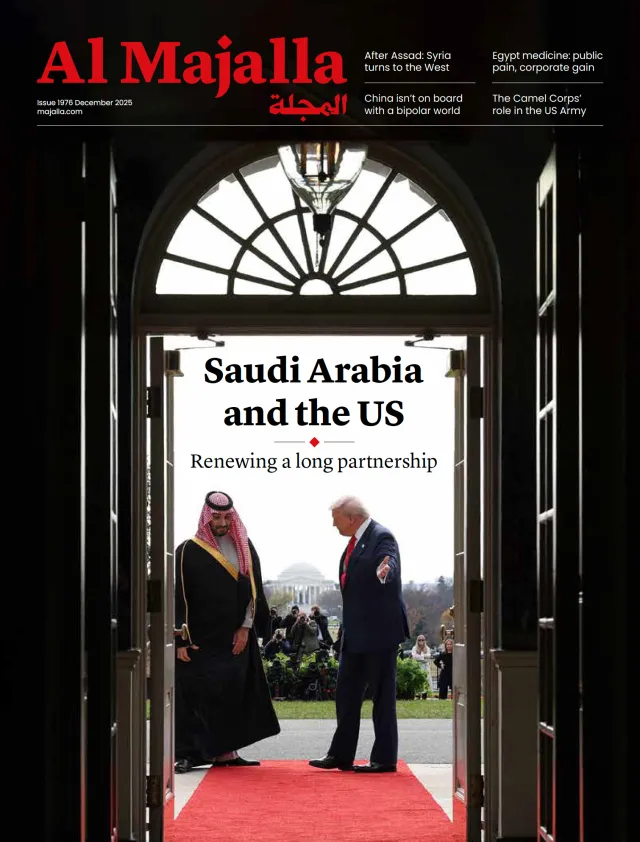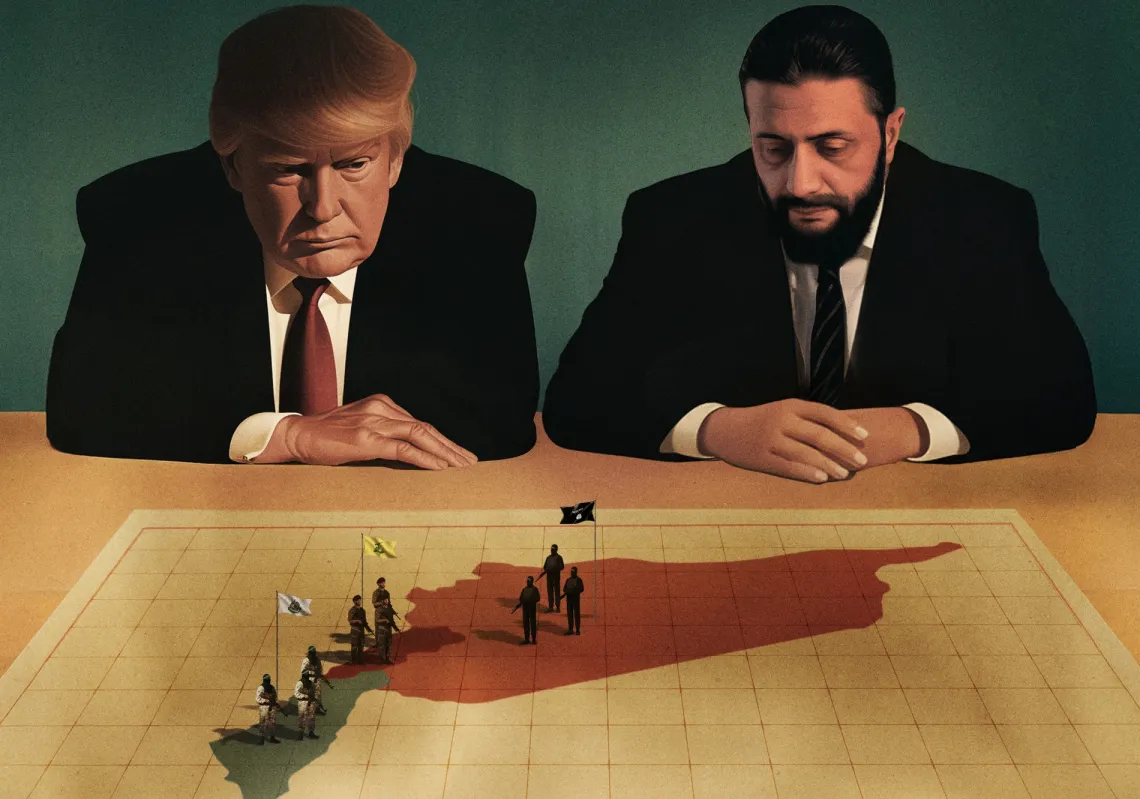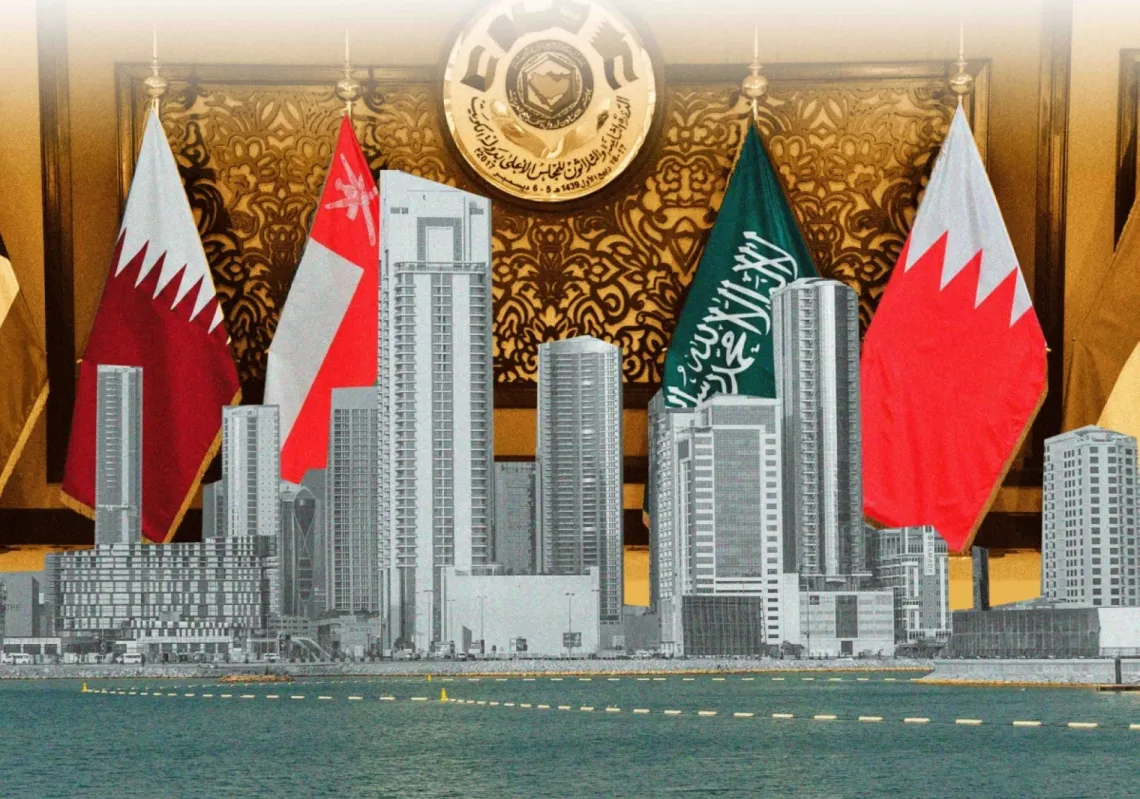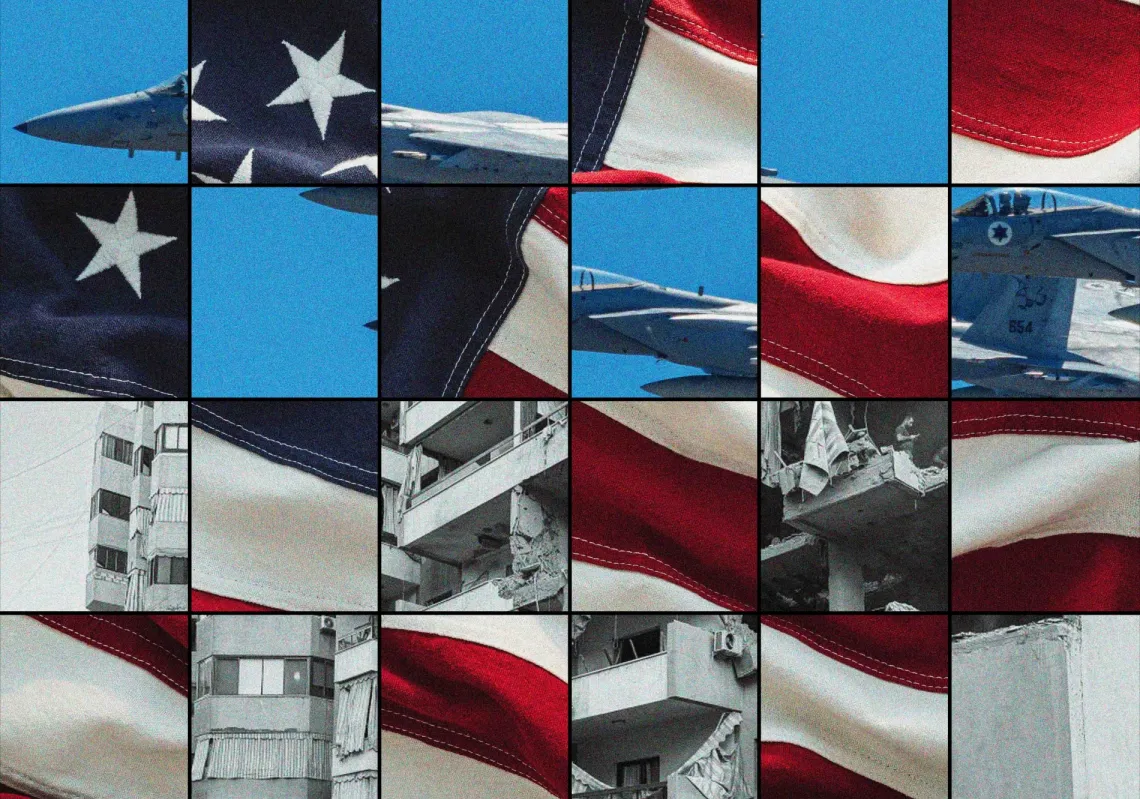After three months of Israel’s closed border crossings, Tel Aviv has finally allowed humanitarian aid into the Gaza Strip, with lorries carrying flour, food, medical equipment, and pharmaceuticals entering from the end of May.
According to the official Facebook page of the Israeli Coordinator of Government Activities in the Territories (COGAT), the aid was being handed over to international bodies, but most of it failed to reach its intended recipients, having been intercepted by local gangs operating mainly in areas under Israeli control.
Some shipments reached the warehouses of five bakeries in central and southern Gaza, which had been contracted by the UN World Food Programme (WFP) to produce and distribute bread through WFP teams, but the method adopted by the WFP—in compliance with new Israeli-imposed conditions—proved untenable amid extreme hunger and desperation.
The bakery owners had to close after just two days, citing uncontrollable crowd surges and the lack of any viable distribution mechanism, factors that compounded an Israeli-manufactured crisis in the preceding months. Last week, Israel’s Prime Minister Benjamin Netanyahu admitted Israel was using armed gangs in Gaza to advance its interests.
He said he had “activated” powerful local clans in the enclave on the advice of “security officials”, his video statement posted to X on Thursday coming hours after former Defence Minister Avigdor Lieberman accused him of deploying the tactic.
עדכון יומי מירוחם >> pic.twitter.com/UsqgOsGLJy
— Benjamin Netanyahu - בנימין נתניהו (@netanyahu) June 5, 2025
Displaced and starving
In parallel, the military has issued mass evacuation orders affecting more than 70% of Gaza’s territory. Two million Palestinians were forcibly displaced to overcrowded coastal zones west of Gaza City, the Nuseirat refugee camp, Deir al-Balah, and Khan Younis, while areas such as Rafah in the south, Jabalia, Beit Lahia, Beit Hanoun in the north, and parts of central and eastern Gaza were designated as active combat zones, with civilian access strictly prohibited.
Three drivers told Al Majalla that the Israeli army forced them to follow specific, pre-determined routes. The first route ran along the coastal road west of Rafah, passing through the densely crowded western areas of Khan Younis. The second was Salah al-Din Road, the main thoroughfare southeast of Khan Younis, cutting through heavily populated zones. The third route followed the Netzarim axis through central Gaza, extending southward along Al-Rashid Street, commonly known as the Seaside Road, towards the entrance of the Nuseirat camp, now teeming with displaced civilians.
These congested routes significantly slowed the trucks’ movement, rendering them vulnerable to attack from gangs and desperate civilians. The result was looting and, in many cases, the disabling of the vehicles. Sometimes, the drivers are assaulted as they try to stop desperate people from getting to the food they are transporting.
The Gaza Private Transport Association said 80 drivers had injuries (from moderate to severe) and 212 trucks were rendered inoperable by assailants, whose attacks have severely disrupted operations. Despite this, the Israeli army continues to mandate the use of these packed routes, even though it could redirect convoys through eastern corridors under its full control—routes that would ensure the safe delivery of aid to UN warehouses and its subsequent secure distribution.
















